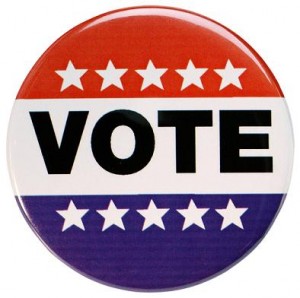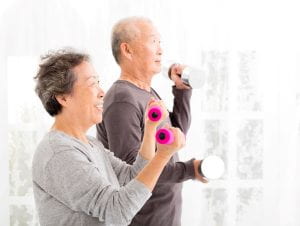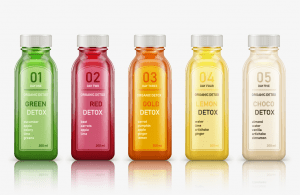You’re having trouble sleeping one night, so you finally give up and turn on the TV. It’s 2 AM, so instead of actual programs, much of what you get are informercials. As you flip through these slick “infotainment” shows, you hear enthusiastic claims about the effectiveness of diet pills, exercise equipment, and a multitude of other products
You will soon see that almost every commercial uses case studies and testimony of individuals for whom the product has supposedly worked. “I lost 50 pounds,” exults a woman who looks like a swimsuit model. “I got ripped abs in 30 days,” crows a man who, well, also looks like a swimsuit model.
The problem is that this kind of case study and individual testimony is essentially worthless in deciding if a product or program works. The main problem is that it’s very hard to disprove case study evidence. Look at the informercials – they seem to have worked for some people, but what about all the people who failed? And how do we know that the people who lost weight, for example, wouldn’t have done so without buying the product?
So case studies and testimonials aren’t worth much because they don’t give us the kind of comparative information needed to rule out alternative explanations.
To the rescue comes experiments using randomized, controlled designs (RCD). Such experiments are rightly called the “gold standard” for knowing whether a treatment will work. In a RCDs, we create a test so that one explanation necessarily disconfirms the other explanation. Think of it like a football game. Both teams can’t win, and one eventually beats the other. It’s the same with science: our knowledge can only progress if one explanation can knock out another explanation.
The main weapon in our search for truth is control group designs. Using control groups, we test a product or program (called the “treatment”) against a group that doesn’t get whatever the treatment is.
Case studies simply don’t have the comparative information needed to prove that a particular treatment is better than another one, or better than just doing nothing. And that’s important because of the “placebo effect.” It turns out that people tend report that a treatment has helped them, whether or not there is any actual therapy delivered. In medicine, placebo effects very strong, and in some cases (like drugs for depression) the placebos have occasionally been found to work more effectively than the drugs.
So what is a randomized, controlled design? There are four components of RCDs:
1. There is a treatment to be studied like a program, a drug, or a medical procedure)
2. There is a control condition. Sometimes, this is a group that doesn’t’ get any treatment at all. Often it is a group that gets some other kind of treatment, but of a different kind or smaller amount.
3. Now here’s the key point:The participants must be randomly assigned to treatment or control groups. It is critical that nobody – not the researchers, not the people in the experiment – can participate in the decision about which group people fall into. Some kind of randomization procedure is used to put people into groups – flipping a coin, using a computer, or some other method. This is the only way we can make sure that the people who get the intervention will be similar to those who do not.
4. There must be carefully defined outcome measures, and they must be measured before and after the treatment occurs.
Lots of the bogus claims you see on TV and elsewhere look only at people who used the product. Without the control group, however, we can’t know if the participants would have gotten better with no treatment at all, or with some other treatment.
Catherine Greeno, in an excellent article on this topic, sums up why we need to do RCDs if we want to understand if something really does or doesn’t work. She puts it this way:
- We study a treatment compared to a control group because people may get better on their own.
- We randomly assign to avoid the problem of giving worse off people the new treatment because we think they need it more.
- We measure before and after the treatment so that we have measured change with certainty, instead of relying on impressions or memories.
So when you are wondering if a therapy, treatment, exercise program, product, etc. are likely to work, keep those three little words in mind: Randomized, Controlled Design!



 For decades, we’ve heard that depression is related to imbalances of neurotransmitters in the brain, including serotonin, norepinephrine, and dopamine. But a growing body of research suggests depression may also be connected to a more prevalent biological process: inflammation.
For decades, we’ve heard that depression is related to imbalances of neurotransmitters in the brain, including serotonin, norepinephrine, and dopamine. But a growing body of research suggests depression may also be connected to a more prevalent biological process: inflammation.  If you aren’t already convinced that
If you aren’t already convinced that 


 Sexual assault is a serious problem on college campuses across the United States. Nearly 16 percent of female college students in the U.S. report experiencing an attempted or completed sexual assault before starting college and 19 percent report experiencing attempted or actual sexual assault during college, according to
Sexual assault is a serious problem on college campuses across the United States. Nearly 16 percent of female college students in the U.S. report experiencing an attempted or completed sexual assault before starting college and 19 percent report experiencing attempted or actual sexual assault during college, according to 




If you follow news about nutrition, you’ve likely heard the recommendations to avoid eating red and processed meats including beef, sausages and deli meats.